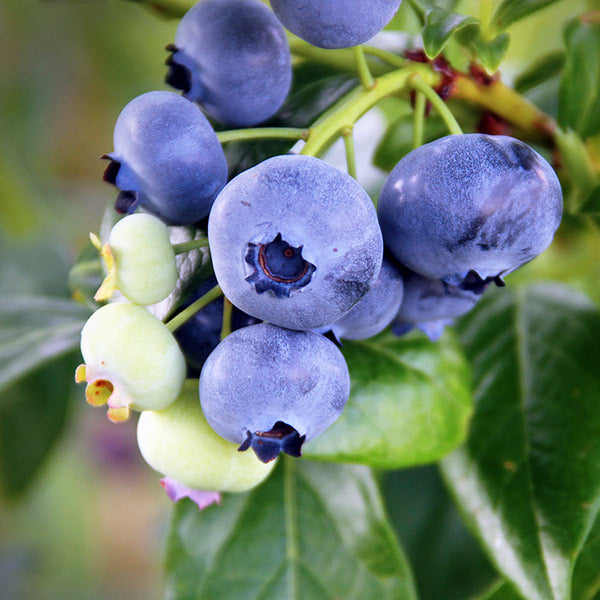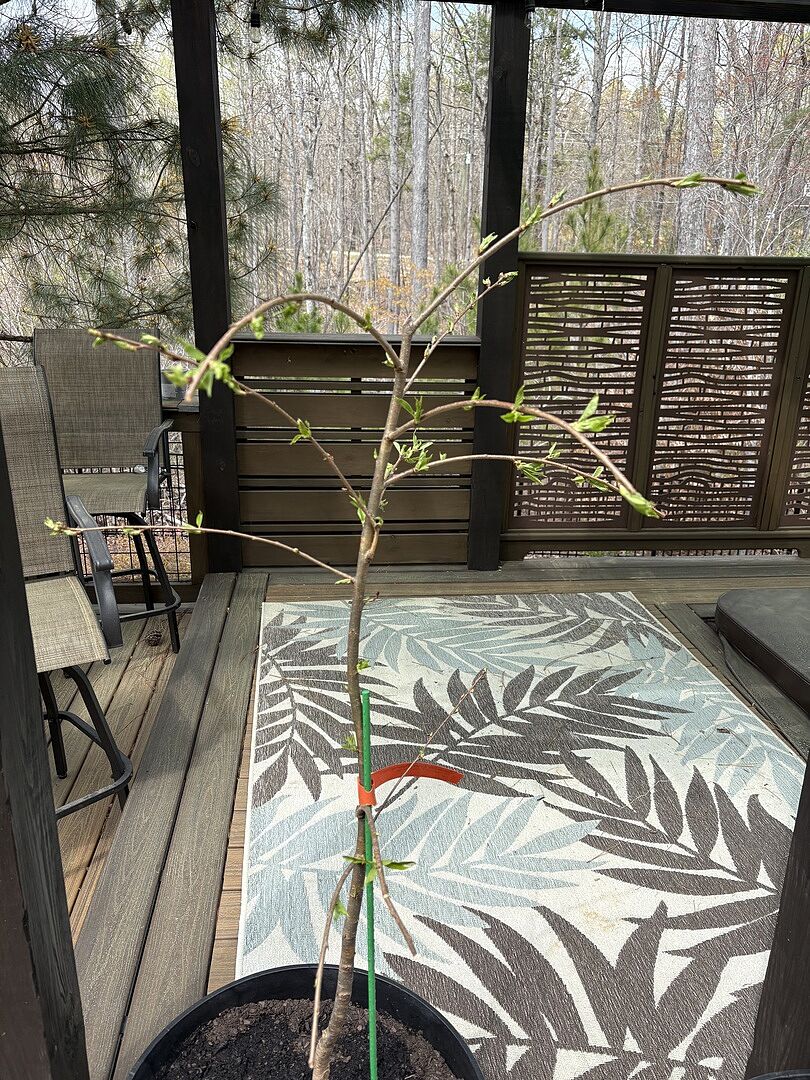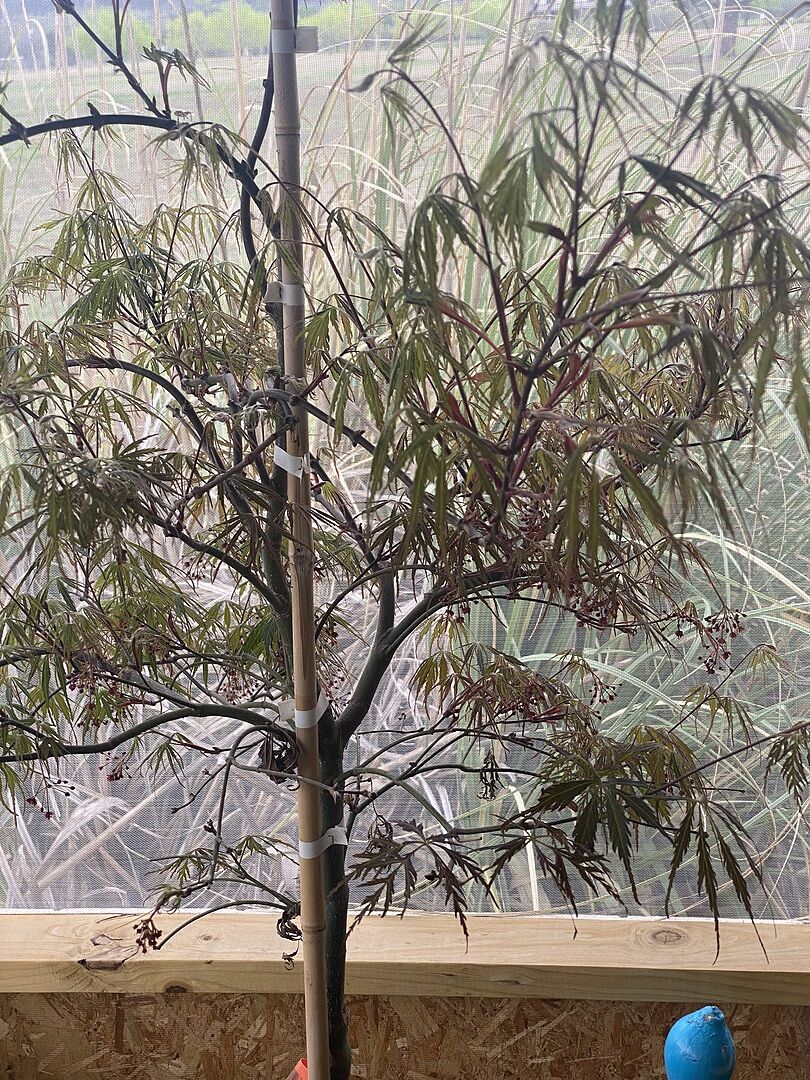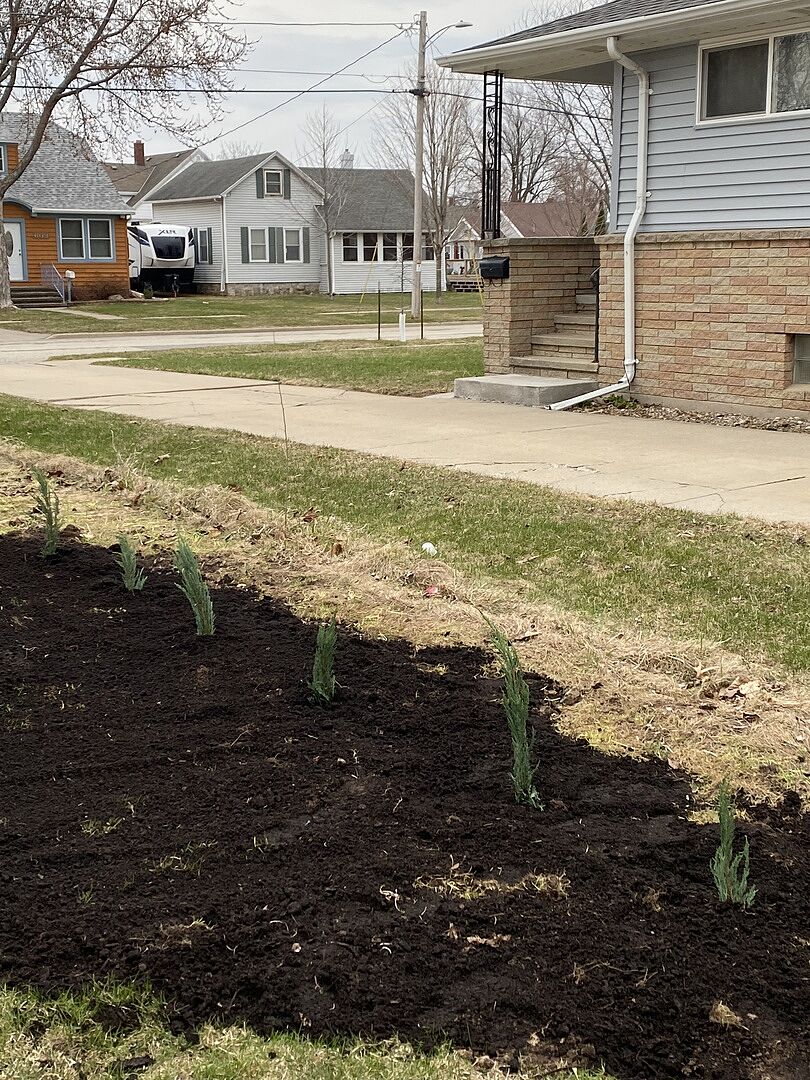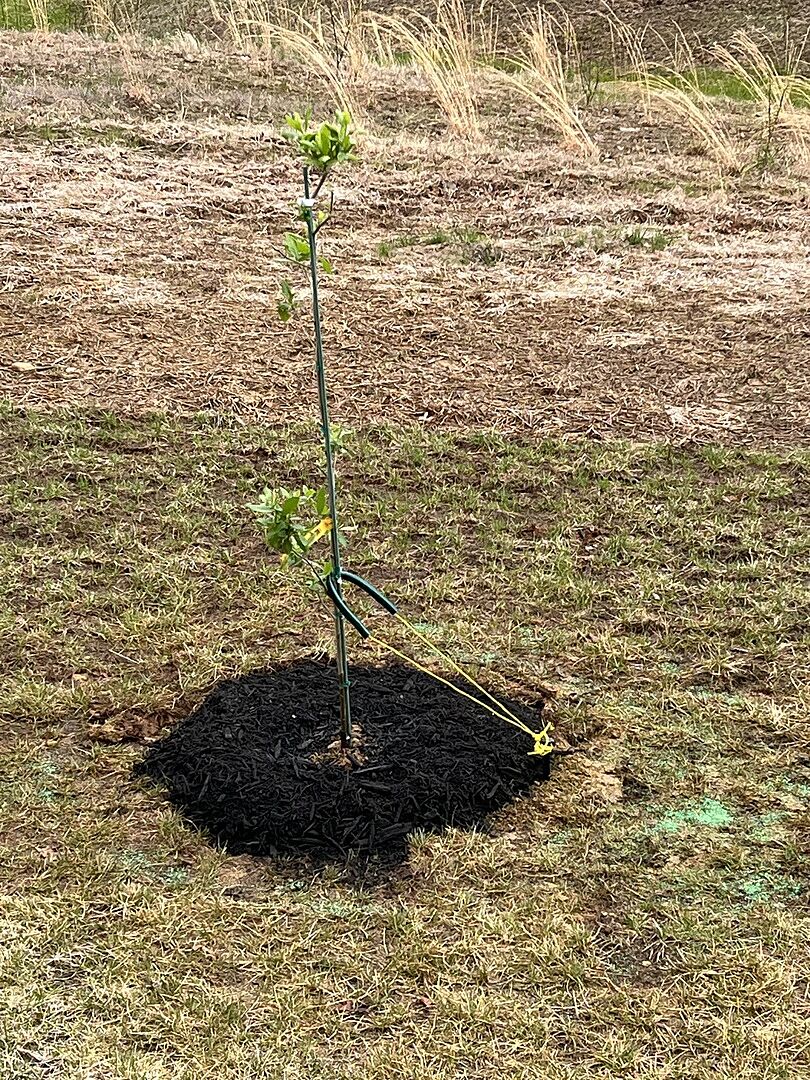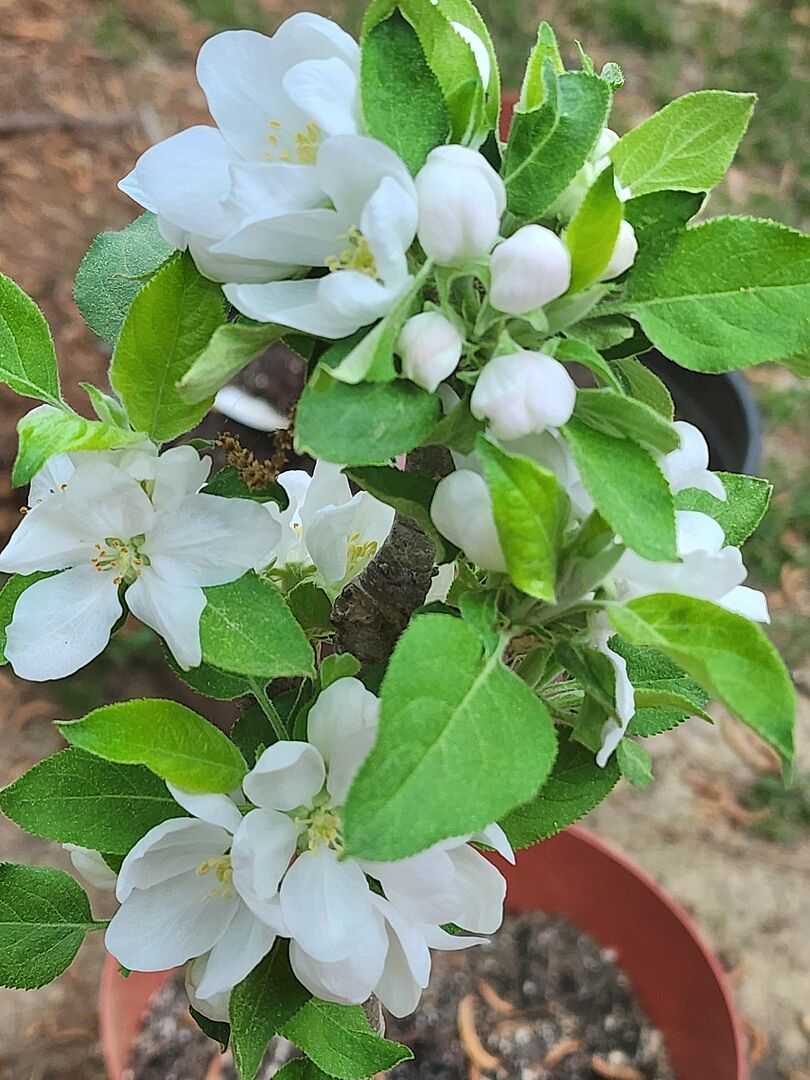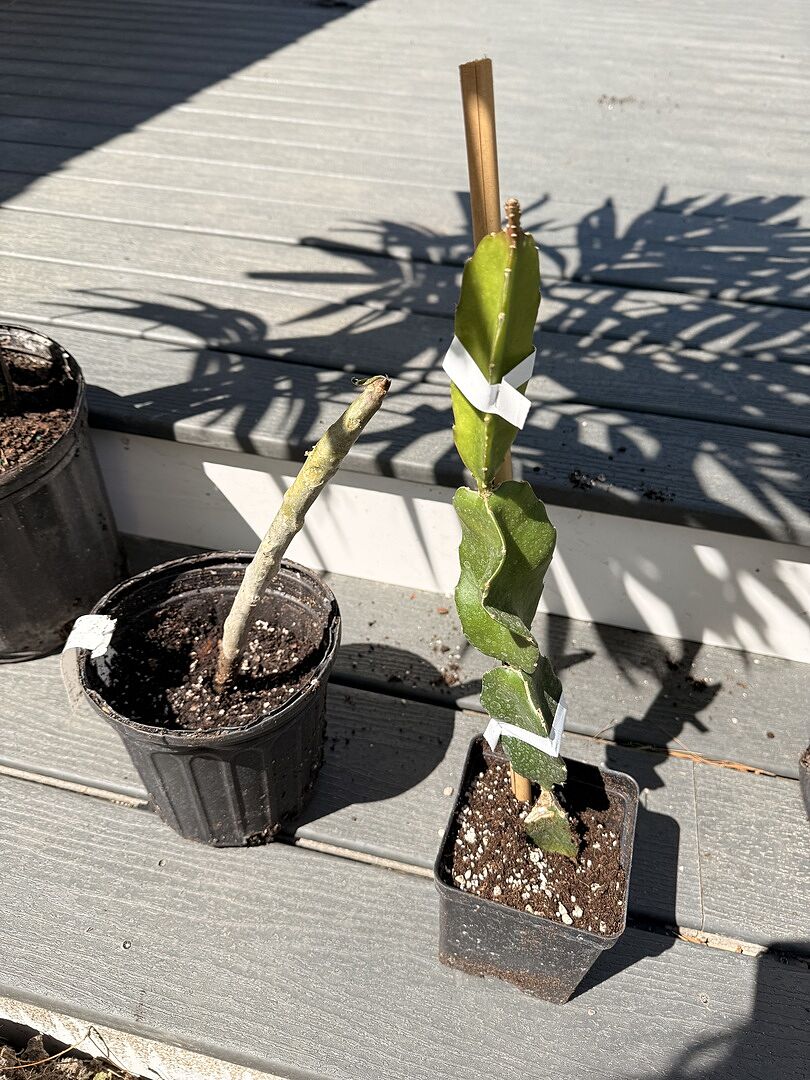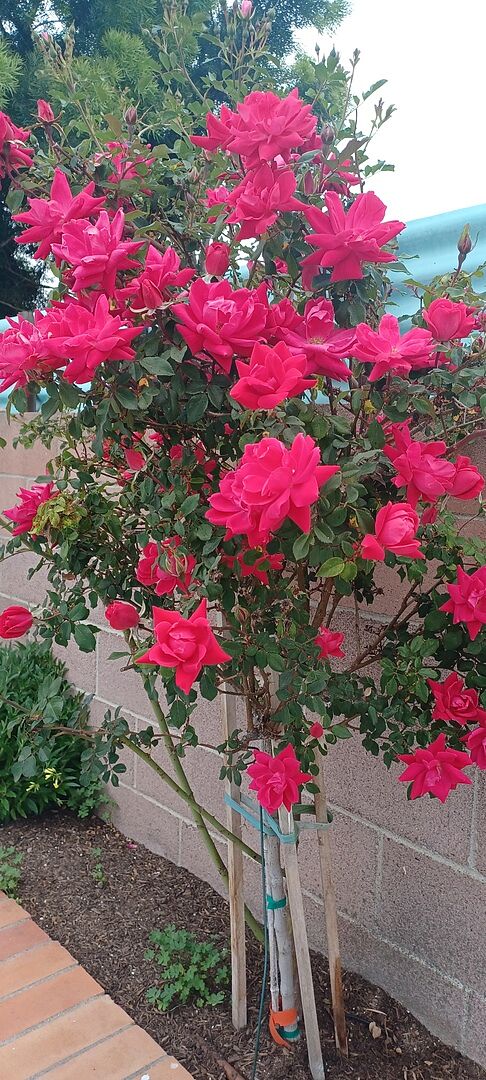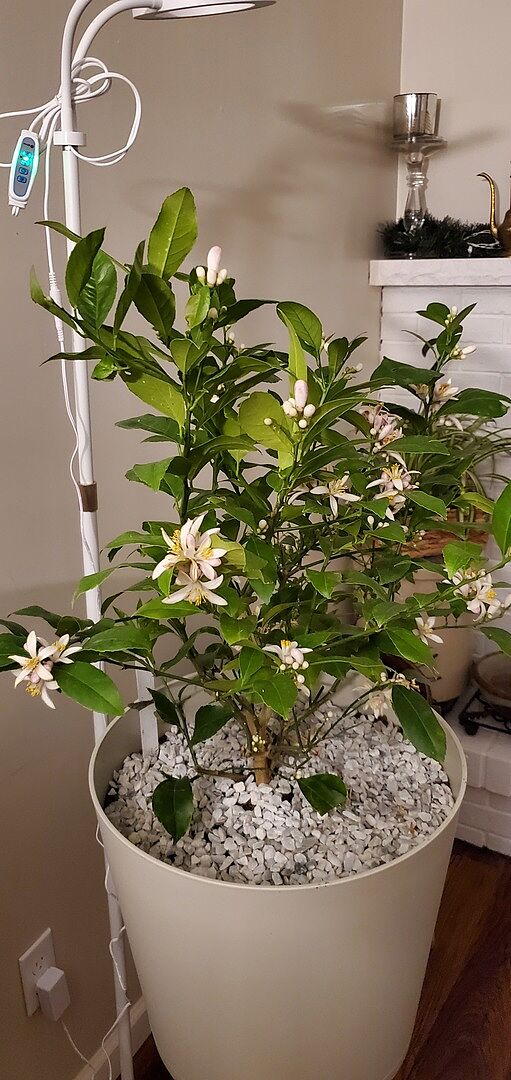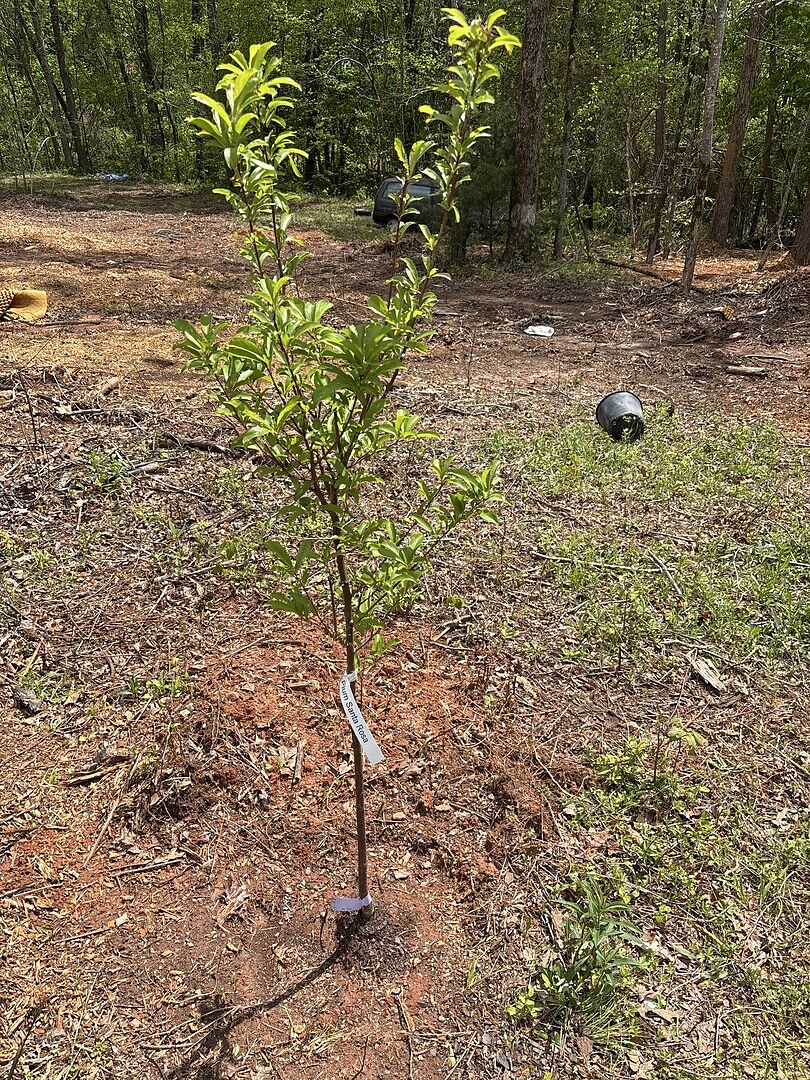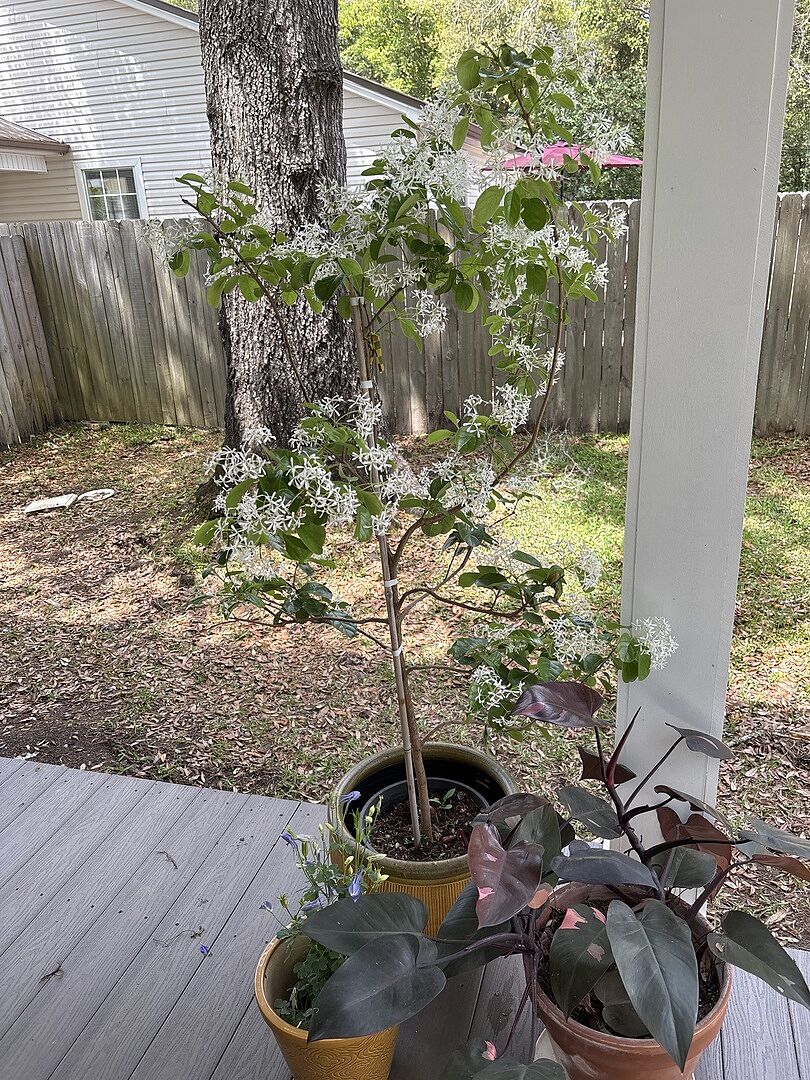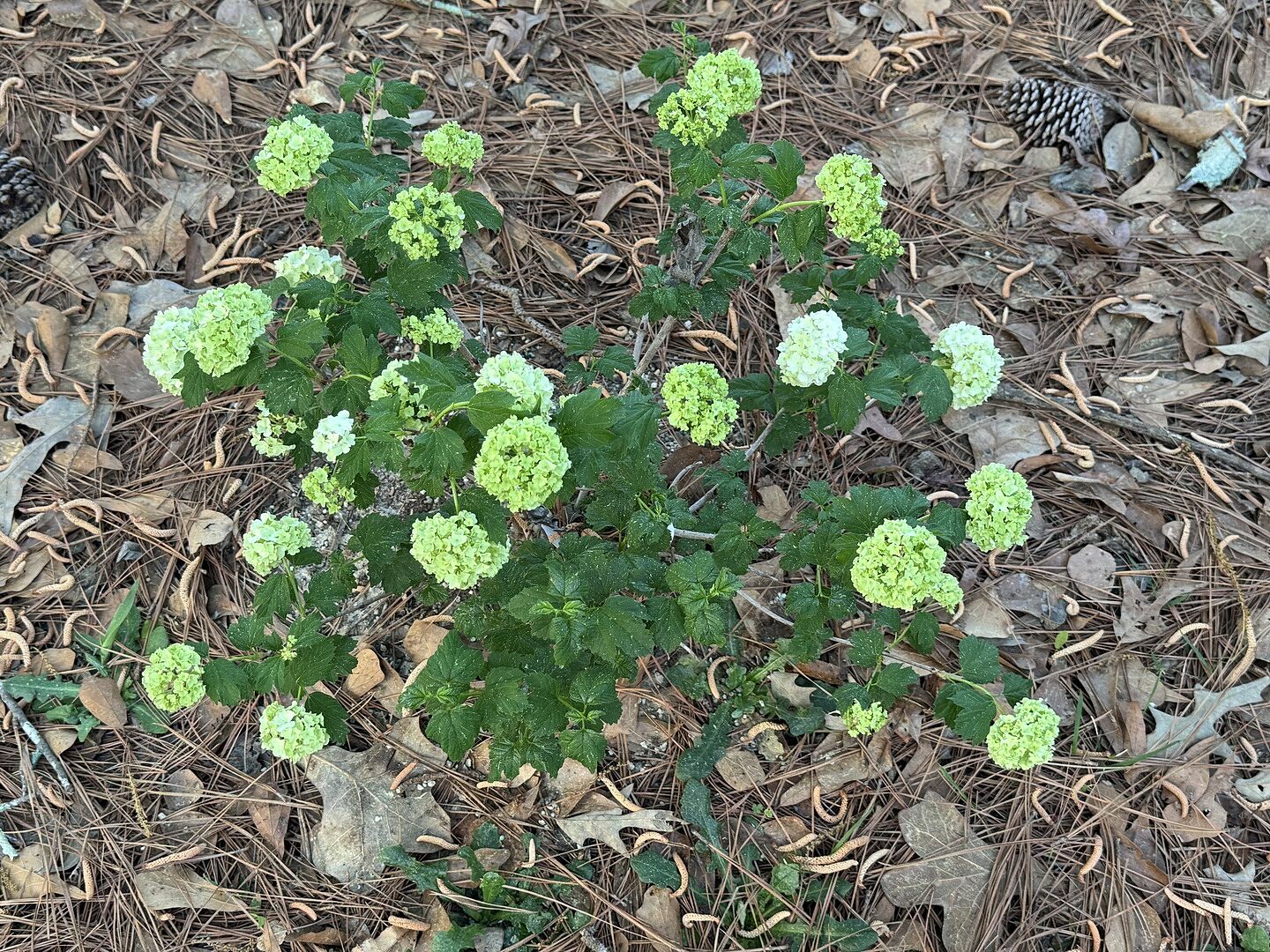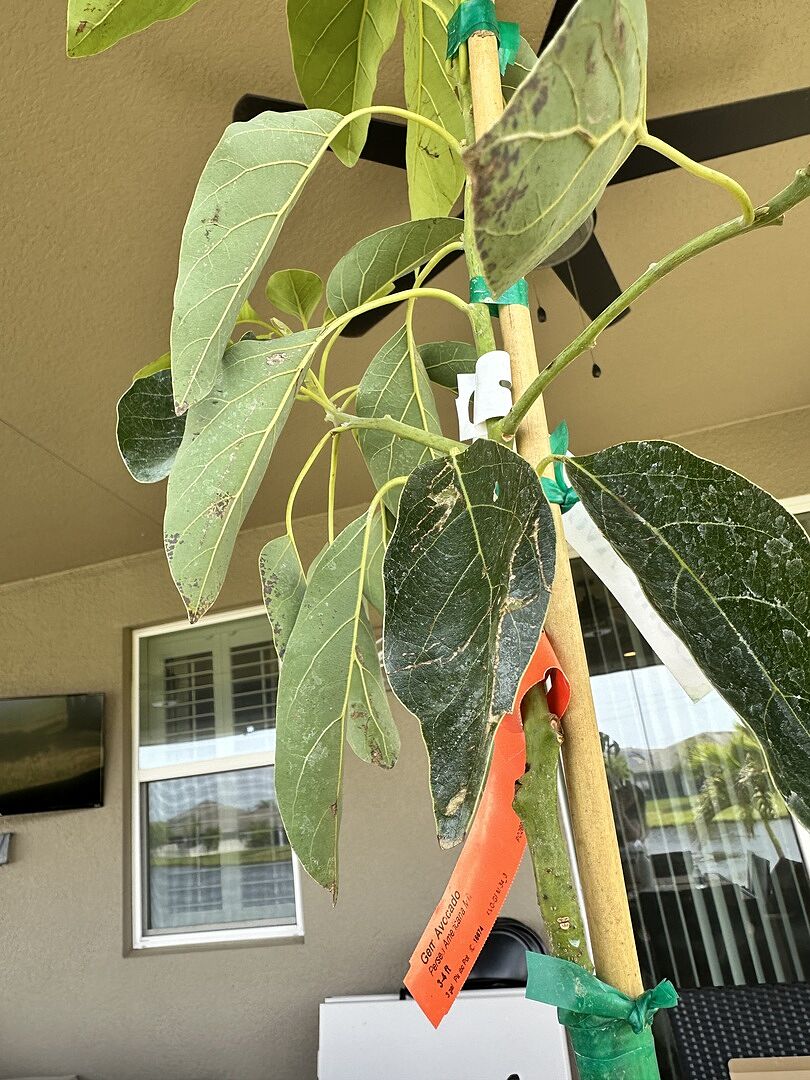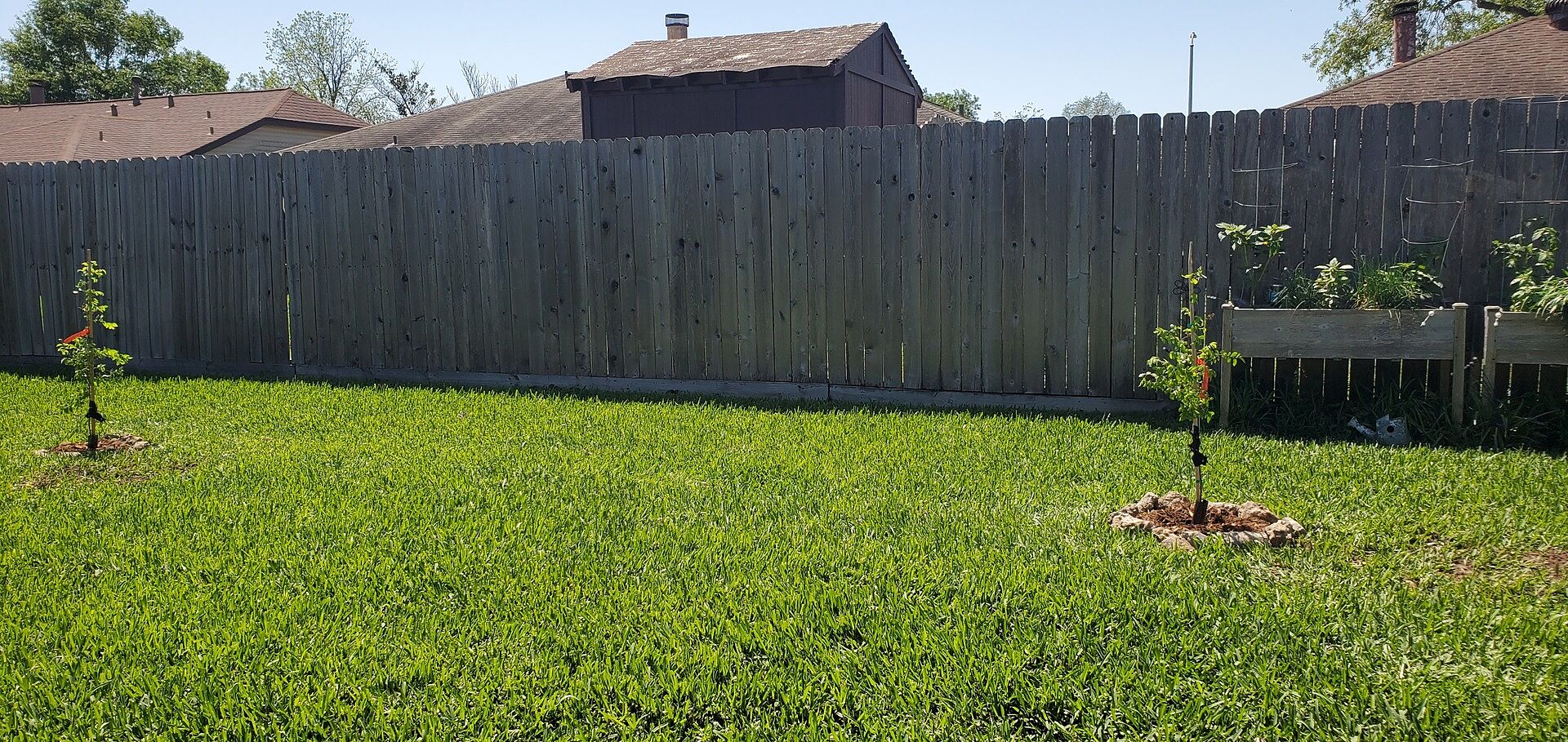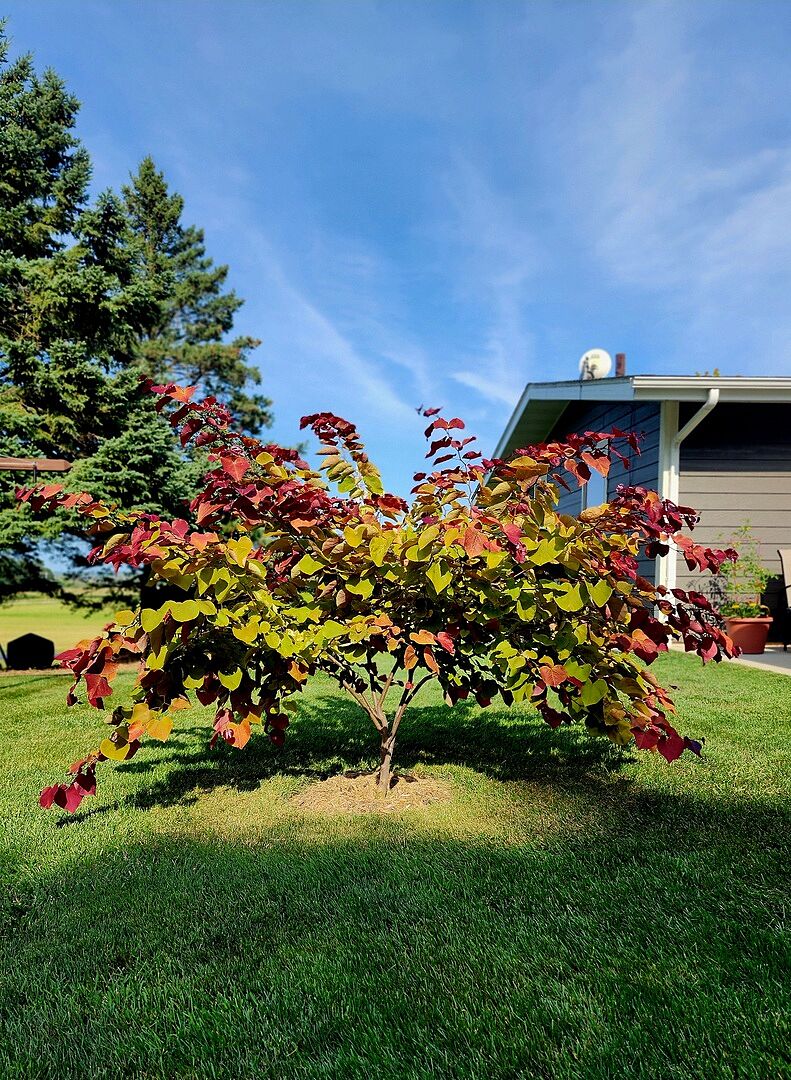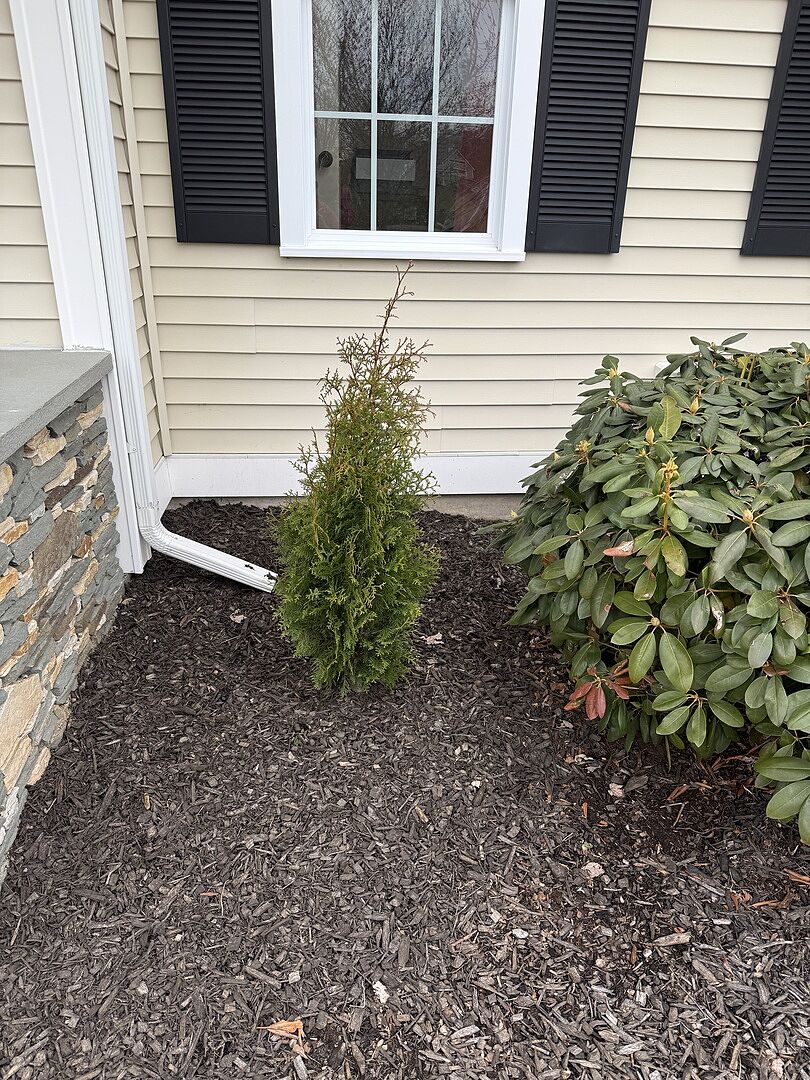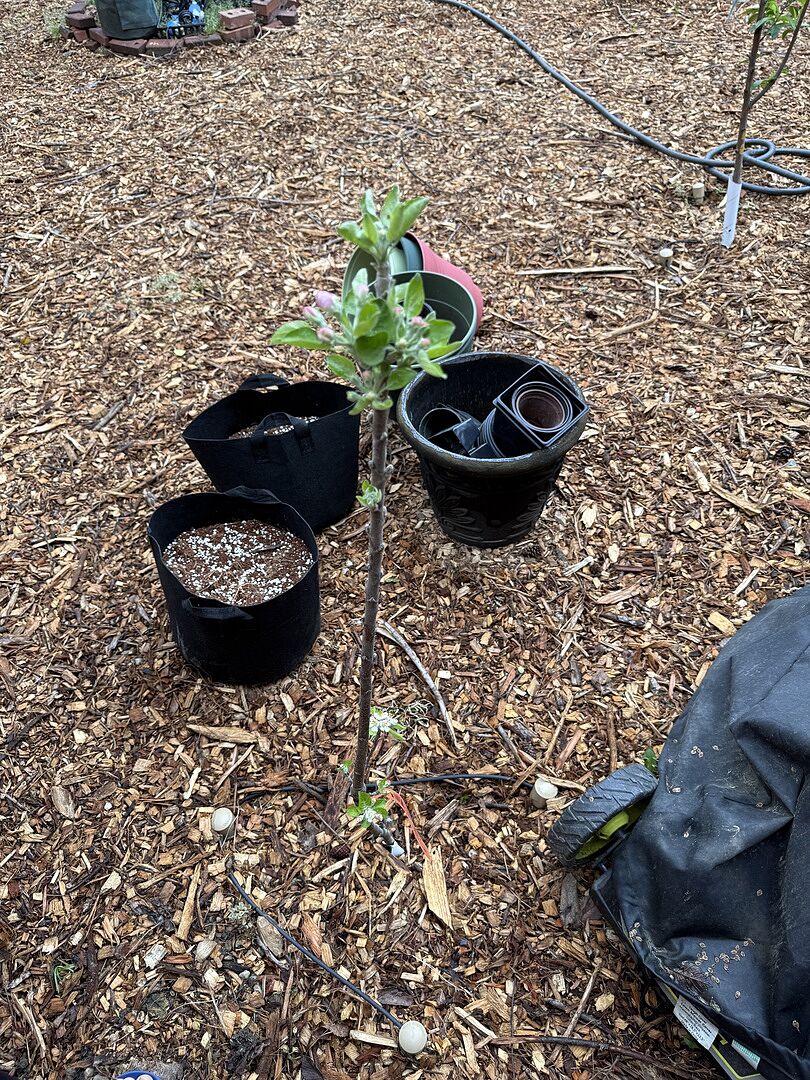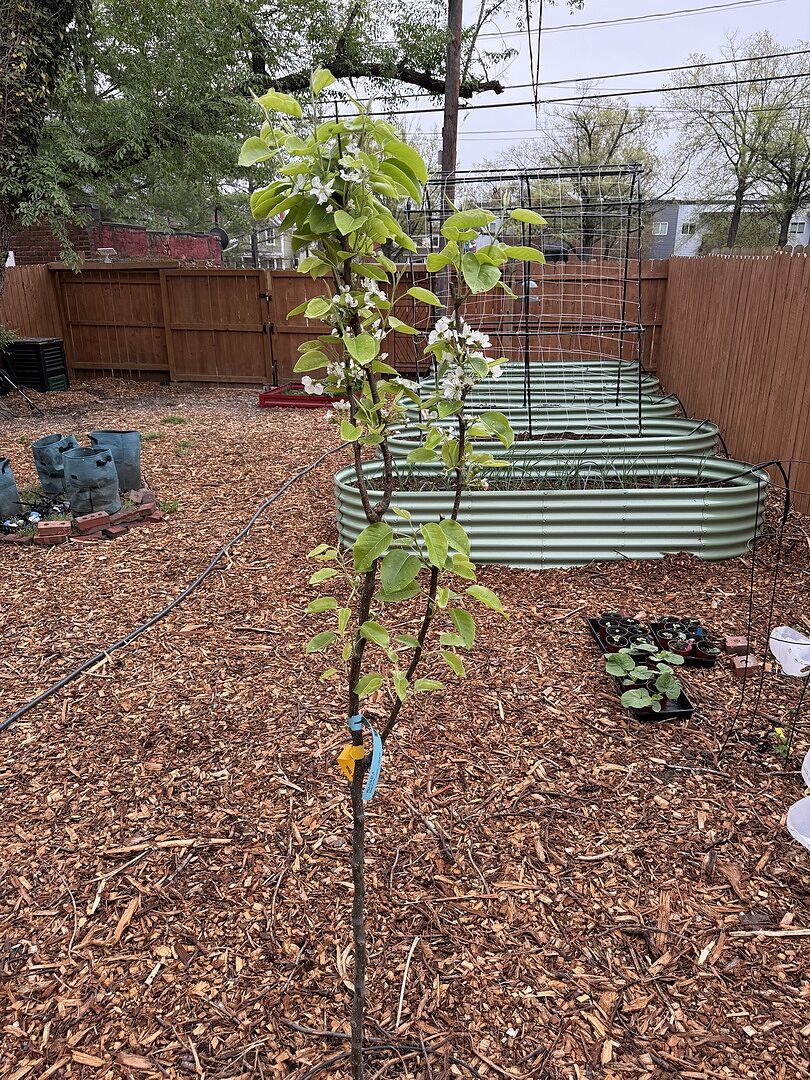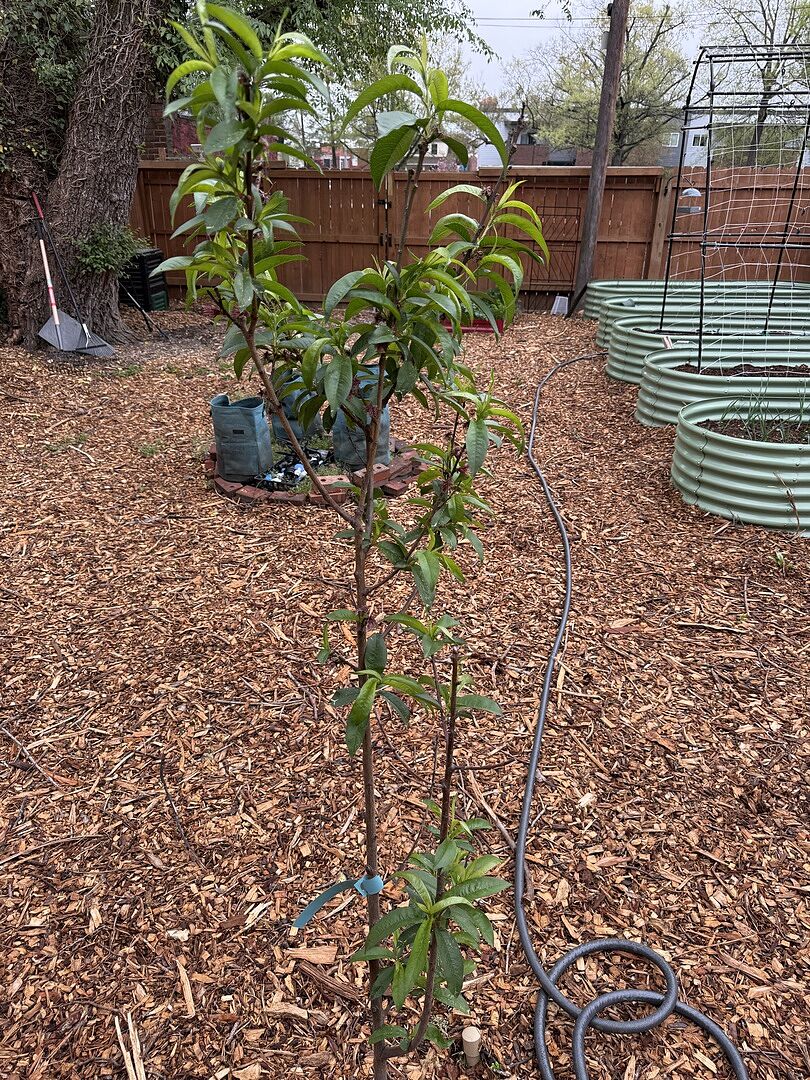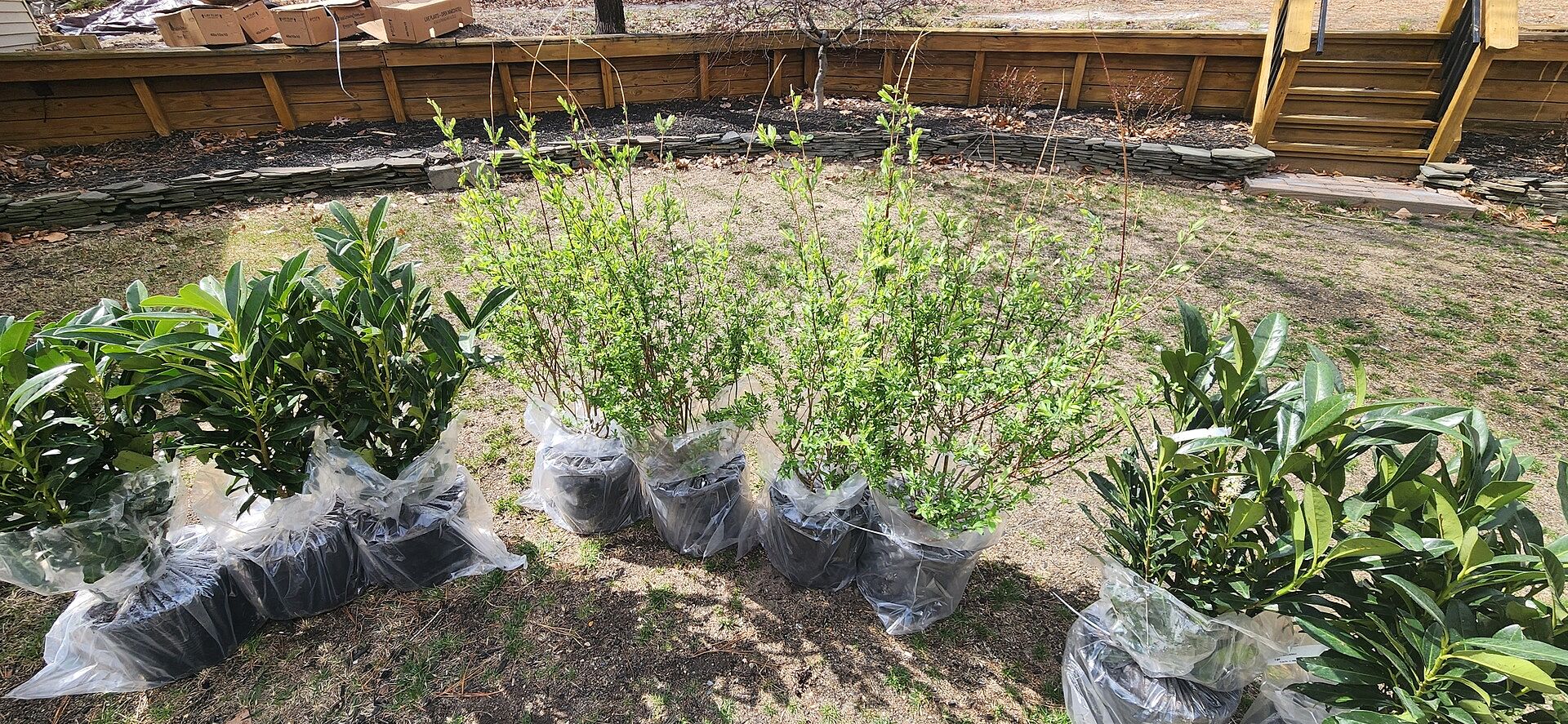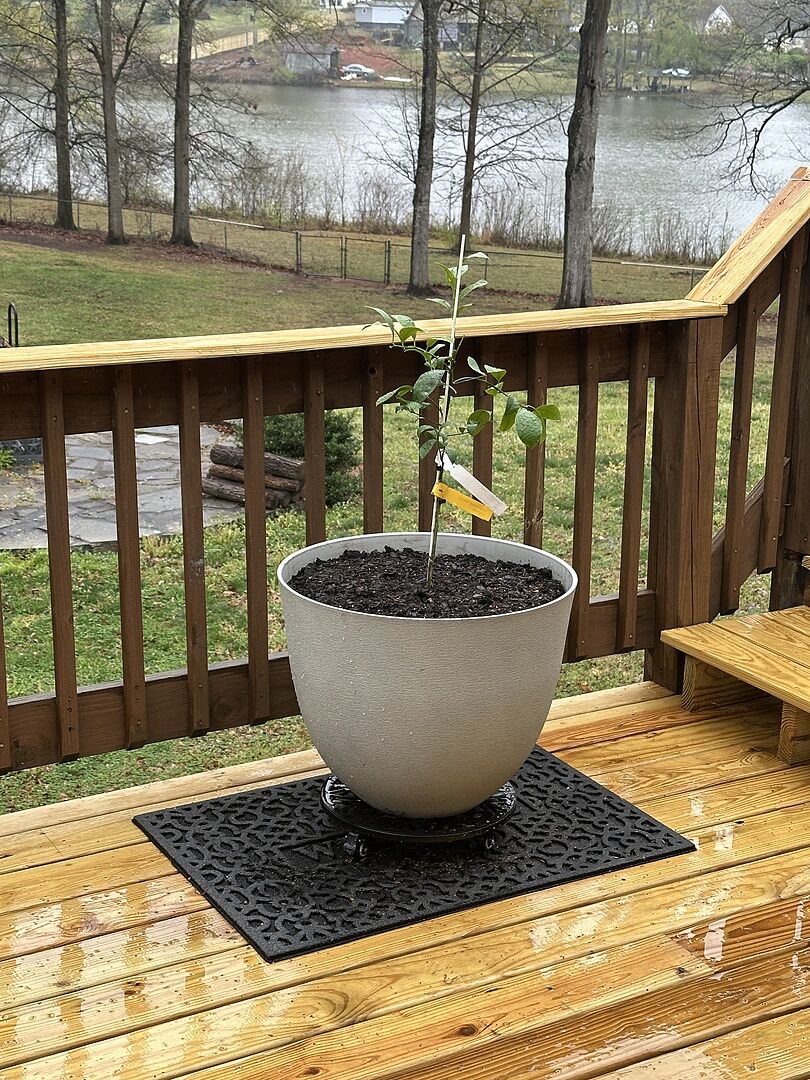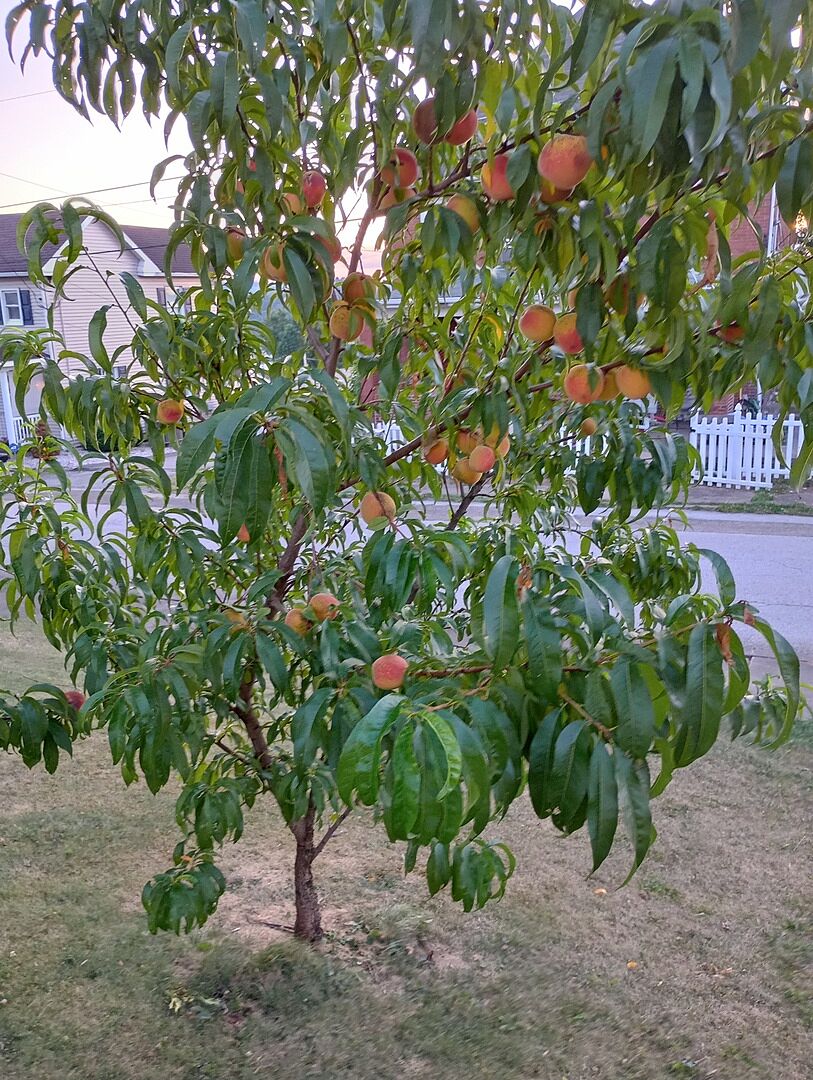DIY Deadheading (Plus 3 Expert Tips)

Last updated: May 23 2023

Cut off flowers to get…more flowers? If you’re new to the gardening scene, you may have mixed feelings about this method called “deadheading.” In fact, even experienced gardeners have trouble with it!
To help you understand and begin practicing deadheading, our experts put together this quick guide. For beginners and veteran gardeners alike, this article will cover:
- The Definition of Deadheading
- Deadheading Benefits
- When to Deadhead
- How to Deadhead Correctly
- Expert Deadheading Tips
- Plant-Specific Deadheading Tips
What Is Deadheading?

Deadheading is the process of removing old flowers from a plant. (The name comes from removing the old “heads” of flowers which is where it gets its name from. This can be done to any plant that is flowering but mostly is used when talking about flowers like roses.
Benefits of Deadheading
It keeps your garden tidy.
Dying flowers are a part of nature, but their appearance can make your garden look “blah.” Just spending a few minutes deadheading can improve the visual tidiness of your garden (even if there are a few weeds!).
It helps your plant produce more flowers.
It may sound crazy, but by cutting one flower off you can encourage your plant to make even more! Some plants like roses are more reactive than others, but it all boils down to a plant’s instinct to survive. If their flower gets cut off, they want to produce more to better their chances of spreading their seeds (i.e. survival of the fittest).
It prolongs the blooming season.
While there’s no magical way to make a plant bloom all year, we can encourage a prolonged flowering period by a few days or weeks. Flowers exist to create seeds and fruits to carry on the next generation of plants. By cutting off some blooms (thereby preventing fruits and seeds), you’re signaling a plant to produce more flowers for longer.
It saves your plant’s energy.
Expanding on the point above, if you cut off flowers before they can turn into seeds, you’re re-distributing that energy. Instead of spending time forming seeds, the plant will pour its resources into flowering more robustly.
How to Know When to Cut Off a Flower
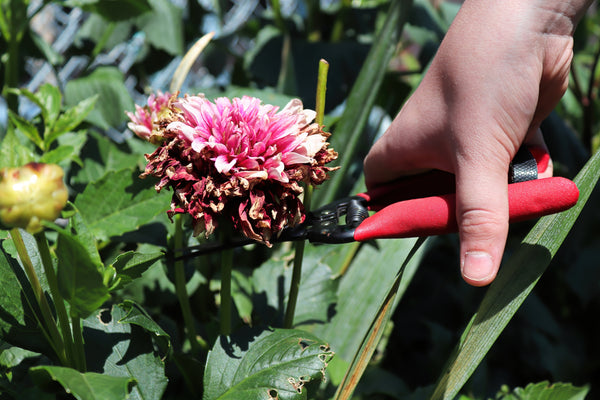
No matter the flower, there are a few universal signs that it’s time to deadhead. The most obvious of these? You see that a flower’s petals are falling off. The petals are the first to go after a flower is done blooming, so if you see them falling (or if they detach easily), feel free to cut the bloom off the plant.
Another sign is if you see your plant starting to develop seeds. Once a flower has been pollinated successfully, seeds will appear to help the plant reproduce. Cut off any seeds you see to allow energy to return to flower production.
How to Deadhead Flowers Correctly
Tools Needed
Step-by-Step
- First, plan how you’re going to deadhead. For some plants, it may be easier to cut all of their stems back at once (like with tickseed). For others, you go bloom by bloom. We suggest that you choose the method based on the size of the flowers. If the plant has many smaller stems and blooms (like lavender), cut the flowers back all at once. If the plant has more robust blooms (like a rose), deadhead flowers one by one.
- Look down the stem and see if there are any buds emerging from below. Avoid cutting off any flowers that haven’t gotten the chance to bloom yet!
- Cut the dead flower off! Take a clean pair of pruning shears and snip off the flowers. If there are no buds or many leaves on the stem, cut it all the way back. If you see some buds or have some leaves, only cut a few inches back to leave the stalk for more flowers to emerge.
- Ensure you made a clean cut, and then pick up any fallen debris. Don’t forget to water your plants well afterwards!
Deadheading Tips From the Experts
We aren't about to “leaf” you out of the loop—here are some extra tips to make you more confident when it comes time to get the pruners out.
Expert Tip #1: Deadheading isn't just for flowers.
You can also deadhead herbs like basil to get more leaves for your cooking. Just use your fingers just to pinch the stems (if they are soft and tender).
Expert Tip #2: The golden rule for roses.
Cut back your rose blooms to the first set of five leaves. This way, you remove enough of the spent bloom while leaving the stem long enough to grow more flowers.
Expert Tip #3: Keep it clean, tidy, and thoughtful.
It’s easy to get “snip-happy” when you start deadheading lots of blooms. However, make sure to be thoughtful about the cuts you’re making. It’s also a good idea to disinfect your shears frequently to limit your risk of spreading disease between plants.
FGT Pro Tip: Bring a spray bottle full of rubbing alcohol with you as you prune or deadhead. Spray the blades before starting and before you switch to the next plant.
Deadheading Suggestions By Plant
Deadheading is mainly used for ornamental plants or ones with showy flowers. However, you can extend proper deadheading practices to other varieties like herbs. To keep it simple, follow the general guidelines below.
Plants That DON’T Require Deadheading
Not all flowers will respond the same to being cut back. Here are some flowers that bloom just once per season. They can be enjoyed longer if cut and put in a vase.
Plants To Deadhead Once a Season
Allow these plants to produce all of their flowers. Once about 80% of the plant is done blooming and the flowers are dying off, then cut the entire plant back around three inches.
- Mums
- Goldenrod
- Yarrow
- Lavender
- Butterfly bush
- Flax
- Coreopsis, tickseed
- Smaller asters (daisies)
- Lobelia
- Sweet alyssum
Plants to Continuously Deadhead
With this group, you just deadhead as needed. You don’t have to wait for the majority of flowers to start losing petals. Simply prune as you see fit to encourage more blooming.
While this isn't an exhaustive list, we hope that this does give you confidence in your garden—and perhaps more blooms! As always, reach out to our plant experts online or by calling 1-800-321-YARD if you have any questions. We’re happy to help keep you growing!

Written by
Meredith Gaines
Meredith's love for plants started at a young age, and only grew when she started working in the Desert Exhibit at the South Carolina Botanical Gardens and the Historic Filoli Estate in the Bay Area. After graduating from Clemson University (GO TIGERS!) with a degree in Biology and Horticulture, she found her niche in the FastGrowingTrees.com family as a horticulturist and has grown in her current role as Senior Plant Expert.
She currently resides in her hometown of Charlotte, North Carolina, and enjoys spending any time she can outdoors. She learns new things about plants every day and loves sharing her plant knowledge and tips with those around her. Her favorite plant is constantly changing, but her long-time favorites are peonies, oak trees, and ferns.
Featured Product

Thuja Green Giant Arborvitae
2782 reviewsStarting at $19.95











